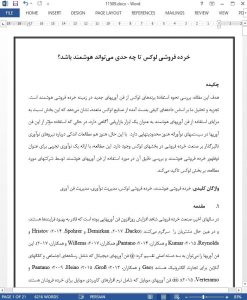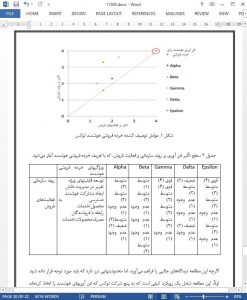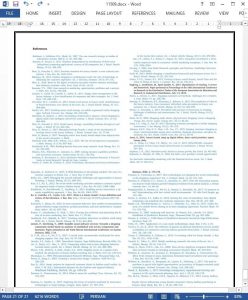Abstract
The aim of this paper is to explore how luxury brands use new technologies in the context of smart retailing. Building on qualitative data from multiple cases from the luxury industry, our analysis reveals that this sector is conscious of the benefits of using smart technologies as marketing tools, while the effective use of these innovative systems is still limited. However, studies on innovation forces affecting the retail industry are still limited in luxury sectors. The study provides an empirical contribution to the emerging topic of smart retailing with an emphasis on the luxury sector through its in-depth investigation of the usage of smart technologies by the firms studied.
1. Introduction
In recent years, retail industry has witnessed an increasing number of technologies able to largely improve processes while entertaining consumers (Dacko, 2017; Demirkan and Spohrer, 2014; Hristov and Reynolds, 2015; Kumar et al., 2014; Pantano et al., 2017; Willems et al., 2017). These technologies can be classified into 3 main typologies: (i) digital technologies, which include social media and the online channel for e-commerce (Gao et al., 2013; Groß, 2015; Hsiao, 2009; Pantano and Verteramo, 2015); (ii) mobile technologies, which include retailers’ mobile app (i.e. Hermés app to find the perfect match between the tie and the shirt) (Pantano and Priporas, 2016; Varnali and Toker, 2010); and (iii) immersive/pervasive in-store technologies, which include ibeacons, interactive storefronts and displays, etc. (Pantano and Verteramo, 2015; Papagiannidis et al., 2017).
5. Discussion and conclusion
Drawing upon Table 3, companies’ smart retailing strategies might be placed on a Cartesian system x y, considering x the level of influence of the technology on selling activities and y the level of influence on the organizational process (Fig. 1).
Since none of the investigated companies are actually reaching a strong influence on all the components of smart retailing, we might assume that smart retailing is suitable but not yet adopted, due to the lack of smart technologies influencing (improving) selling activities and organizational process. Indeed, only one company is investing towards the introduction of technologies supporting a smart process, achieving so far, a strong impact on two of the components of smart retailing. Indeed, the adopted technologies strongly influence different factors, but not simultaneously, thus retailing might be smart with a technology able to influence all of them at the same time.











